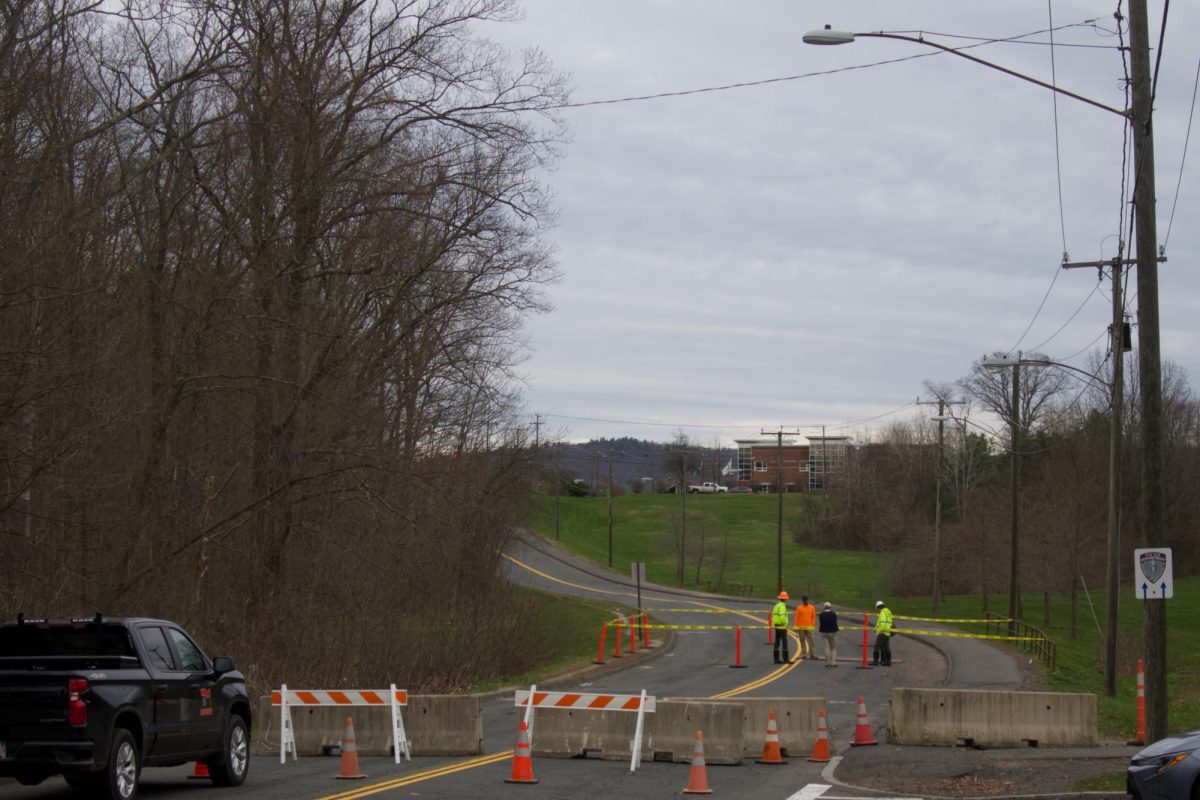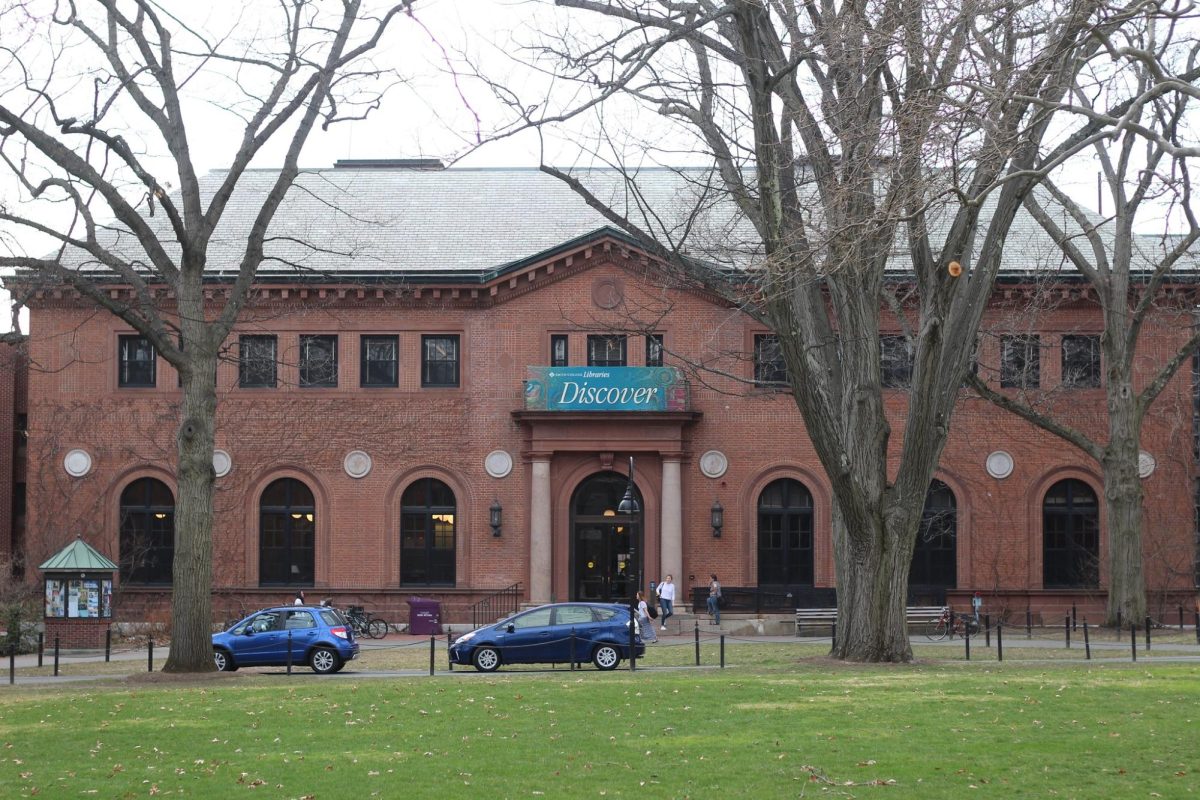
Migratory fish, including salmon, shad and river herring, are unable to pass many hydropower dams on major northeastern United States waterways, making it impossible for them to reach their spawning grounds, according to a team of economists and fish ecologists, including Adrian Jordaan, an assistant professor of environmental conservation at the University of Massachusetts.
Their research found that despite state-of-the-art fish passage facilities, the actual number of fish passing through was far lower than the targeted prediction. The finding raises red flags about the impact of building new dams across the world, the researchers said in a recent issue of Conservation Letters, according to a press release. The concern is that fishways may not be effectively reducing the environmental impact of dams.
A $1 million fishway like the ones studied is scheduled to be built this spring over a dam on the Manhan River in Easthampton according to an article in the Daily Hampshire Gazette.
“These dams are contributing to reduced resilience of not only shad, but all diadromous species,” Jordaan said in the press release. “The result is that other factors including climate change will have a greater impact on these populations that are at fractions of their historical levels.”
Diadromous species are fish populations that migrate from the sea to spawn in rivers. The three river systems studied, the Merrimack, Connecticut and Susquehanna, are historically important for diadromous fish, according to the release.
“It may be time to admit failure of fish passage and hatchery-based restoration programs and acknowledge that ecologically and economically significant diadromous species restoration is not possible without dam removals,” Jordaan, Brown and colleagues said in the press release.
In this study, the researchers found that fewer than 3 percent of diadromous fish make it through the complete journey from the farthest downstream dam past the uppermost main-stem dam, according to the Gazette.
Jordaan and the rest of the team support finding a new way for the fish to travel, calling for ecologists and economists to develop alternative solutions to the main-stem dams and current fishways, according to the release.
“We feel these species represent a lost connection between marine and freshwater systems that is more than the numbers,” Jordaan said in the press release.
He added that the conclusions he and his colleagues found should serve as a cautionary tale to planners in China, Laos and Cambodia, where hundreds of new main stem dams are to be constructed on major rivers such as the Mekong, which is the second most biodiverse freshwater system in the world.
Jordaan admitted to the Gazette that critics have accused the researchers of cherry picking data, and have claimed that their assertion that shad are not making it over in good numbers is untrue. The critics point out that 500,000 shad made it through the fishway in 2012.
While this is true, Jordaan said, looking at one year does not tell the whole story, and that the researchers analyzed decades worth of data. Also, the target number for shad in 2012 was 1 million.
Jordaan said that it is important to design more effective fish passages because many dams cannot be removed, and that it is important to have a national conversation about balancing conservation with energy needs, according to the Gazette. The community needs to look at the entire system of fish passages instead of looking at each dam as an individual case.
The team was led by J. Jed Brown of the Masdar Institute of Science and Technology, United Arab Emirates, and included researchers at SUNY College of Environmental Science and Forestry, Syracuse, Virginia Tech, the University of Arizona, City University of New York and the University of Victoria, British Columbia as well as UMass.
Patrick Hoff can be reached at [email protected].


















